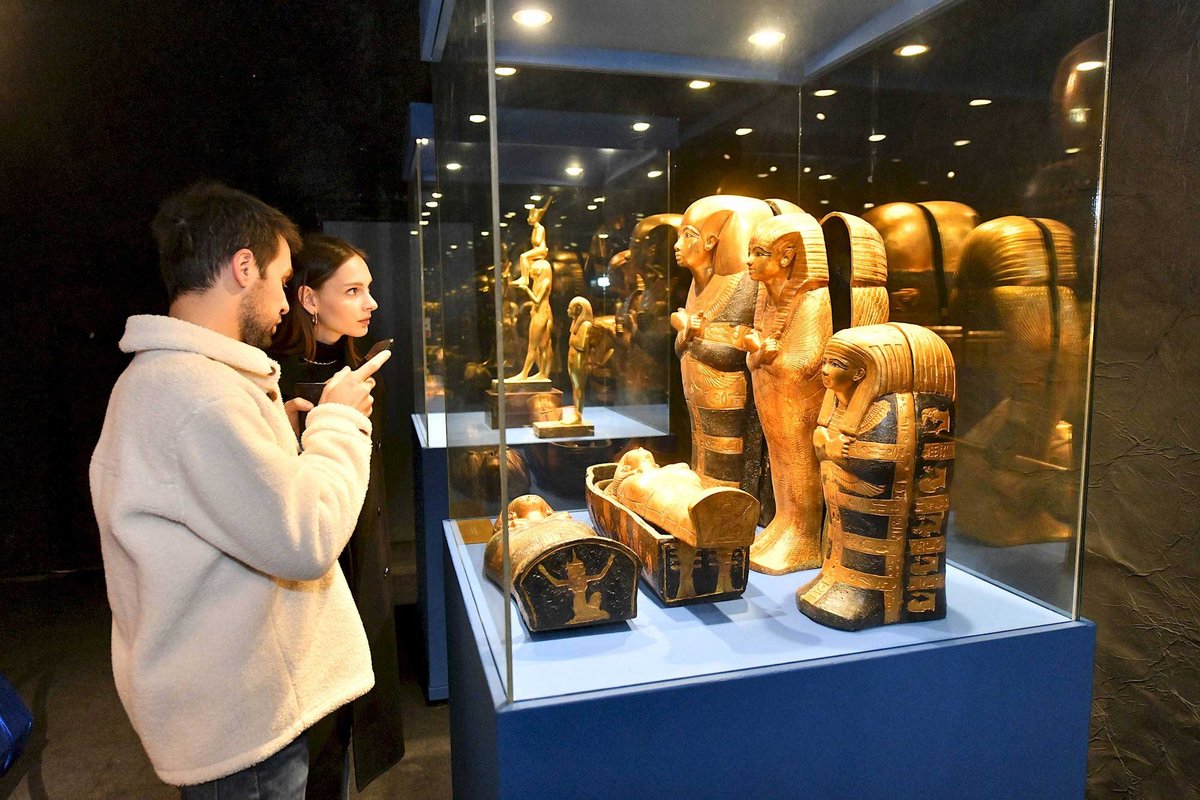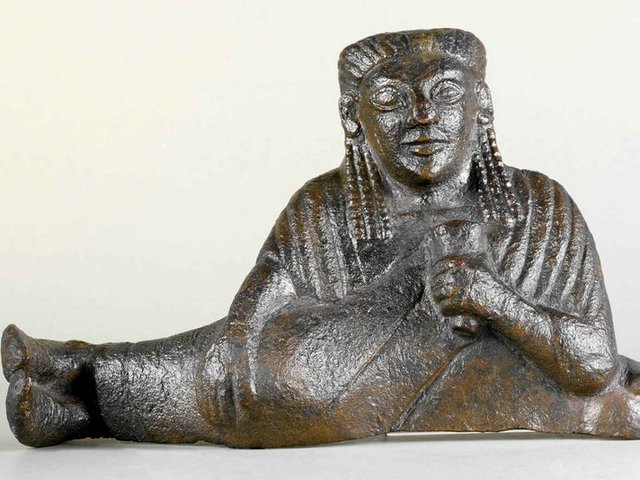A sweeping EU law designed to prevent the trafficking of looted antiquities that takes effect on 28 June may have a negative side-effect for museums by hampering loans from private collectors outside the EU, despite a partial exemption for temporary exhibitions, museum directors and collectors say.
Regulation 2019/880 requires importers to provide extensive documentation, including detailed provenance records and export permits. Depending on an object's age and value, these traceability requirements can extend back to the date the cultural goods were removed from their country of origin.
An importer of a cultural good worth more than €18,000 and more than 200 years old into the EU will be required to provide proof of lawful export from its country of origin. For archaeological objects older than 250 years, an import licence will be required, regardless of the value. If the country of origin cannot be reliably determined or the goods left before 24 April 1972, then the importer will need to show lawful export from the last country where the goods were located for at least five years.
While much will depend on how the regulation is implemented in individual EU member states, non-compliance could result in seizures and legal consequences.
The regulation includes an exemption for “the purpose of education, science, conservation, restoration, exhibition, digitisation, performing arts, research conducted by academic institutions or cooperation between museums or similar institutions.” But the implementing regulation 2021/1079 limits the exemption to temporary loans from museums outside the EU—meaning private non-EU lenders do not benefit from it.
Will Korner, head of fairs at the TEFAF art fair and director of the Cultural Heritage at Risk Database, a charity and foundation that assists museums and archives in conflict zones, fears that private collectors will now face disproportionate burdens in loaning artefacts to temporary exhibitions.
“Temporary exhibitions rely on collaboration,” Korner says. “This regulation throws up new legal and administrative barriers that many private lenders won’t want to deal with. This isn’t just a burden on the market—it’s a threat to the diversity of culture in the EU.”
The new regulation, designed in response to IS looting in Syria and Iraq, mandates digital records to enhance transparency and traceability. All relevant cultural goods will be logged onto a centralised electronic system called the International Cultural Goods database, designed to aid the exchange of information between EU member states. To benefit from the exemptions, museums must register on the ICG database.
“The aim of the regulation is certainly commendable,” says Eike Schmidt, the director of the Museo e Real Bosco di Capodimonte in Naples. But he adds that “there is a complete lack of administrative infrastructure to implement the regulation properly; just consider the thousands of administrative officials, archaeologists, art historians, and restorers who would need to be hired to cope with the avalanche of requests.”
Tone Hansen, the director of the Munch Museum in Oslo, sees the new regulation as “a vital step in combating illicit trade,” she says. “At the same time, it raises concerns for institutions working with complex art histories and incomplete documentation. For many museums, requirements for import licenses and provenance proof may hinder international loans and exhibitions.”
Unesco and the International Council of Museums both welcome the regulation. “Illicit trafficking of cultural properties requires a comprehensive coordinated and global approach,” a Unesco spokesperson says.
Sophie Delepierre, the head of heritage protection at International Council of Museums, points out that the EU has regulated the export of cultural goods for decades. Regulation 2019/880 “goes further in terms of the prevention of the illicit trade of cultural goods by prohibiting the import of cultural goods illicitly exported from third countries.”
She highlights the importance of cross-border cooperation. “We can create legal and operational tools to fight this traffic, but none will stop it entirely alone. Any expert in this area will explain that cooperation between countries and clear communication is the most efficient way to hinder traffickers.”




